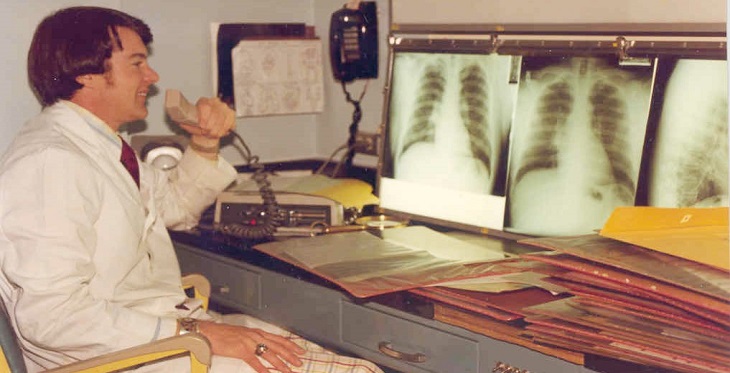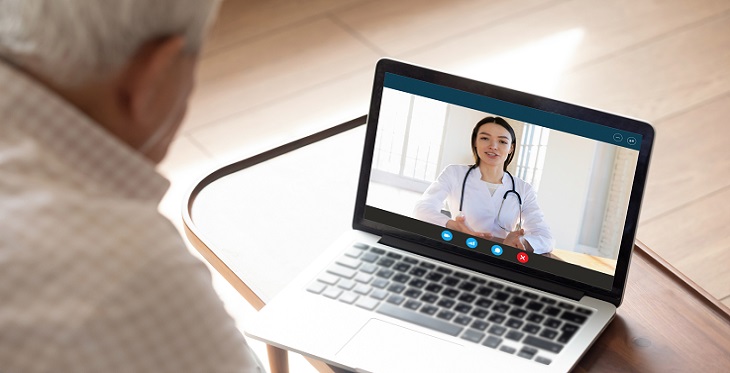In the Beginning: Going from Analog to Digital
I am now a retired radiologist. I actively practiced radiology from 1971 at the start of my residency until 2014 when I retired as a professor of medical imaging (radiology). A lot certainly changed during that time. When I first started my radiology career, there was no CT or MRI, and ultrasound was very primitive with no real-time imaging. Nuclear medicine did not offer the wide range of studies now available. There was no PET scanning. In fact, radiologists read films on view boxes, actual films, anywhere from 8 x 10 inches to 14 x 17 inches in size.
The standard x-ray equipment was similar today with the same images and routines being used for everyday chest, abdominal, spine, skull, and bone radiographs. The films were enclosed in a metal cassette, exposed, and then taken out of the cassette in a darkroom and placed into a developing machine coming out the other end of the machine developed and dried, ready for viewing on a view box. The films for an individual patient were placed in a large envelope, the film jacket, which was stored in the departmental film library, a large complex of rooms with multiple shelves for holding thousands of film jackets.




